
Qigong has become a household term in China, thanks to extensive media coverage. However, if you ask someone, “What is Qigong?” many may find it difficult to provide a clear answer. This indicates that years of promotion have not significantly aided in the scientific understanding of Qigong. Furthermore, it suggests that the current definitions of Qigong are not easily comprehensible. Among today’s Qigong professionals, the dominant understanding is that Qigong is the practice of cultivating “Qi” (内气, nèi qì; internal energy, vital energy). However, based on historical research, I believe this theory is incorrect (see “Significant Historical Events in the Definition of Qigong”). So, what exactly is Qigong?
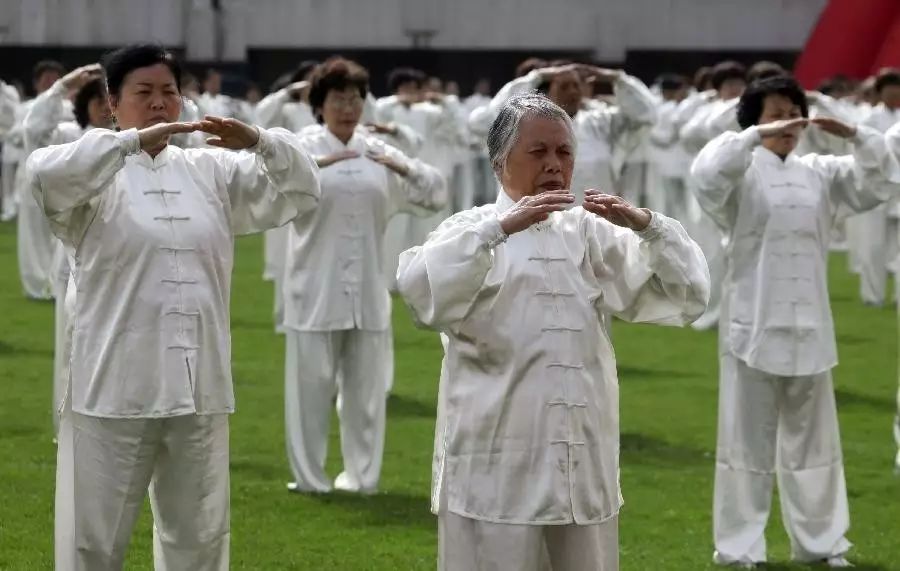
In 1985, I discovered that the earliest and most authoritative classic of Traditional Chinese Medicine (TCM), the “Huangdi Neijing” (《黄帝内经》), written over two thousand years ago, clearly elucidated the concept of Qigong. The “Huangdi Neijing” states: “The heart is the sovereign organ, and the spirit emerges from it. When the heart is clear, the body is at peace; thus, nurturing life leads to longevity. When the heart is unclear, the twelve organs are in danger; thus, nurturing life leads to calamity.” This passage clearly indicates that mental health is crucial for the physiological functions of the five organs and six bowels to be harmonious. Following this principle of nurturing life leads to longevity; if mental health is compromised, the physiological functions of the five organs and six bowels become disordered, leading to illness. This discussion shows that ancient Chinese people placed great importance on the role of mental health in nurturing life. Qigong is precisely the discipline that applies and practices this theory.
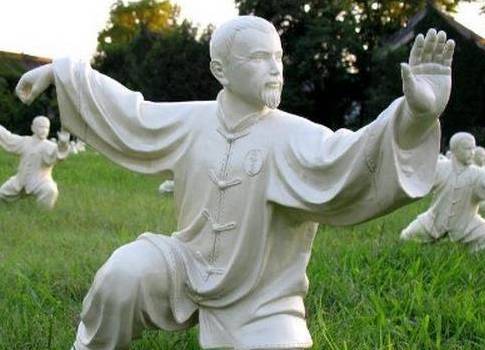
Another well-recognized discussion about Qigong in the “Huangdi Neijing” states: “Calmness and emptiness lead to true Qi. When the spirit is internally guarded, how can illness arise?” This means that when a person’s consciousness enters a very tranquil and pleasant state of emptiness (which is essentially the meditative state of Qigong), the physiological functions of all body systems become coordinated. Long-term practice of this focused attention, eliminating distractions, and relaxing mental tension can enhance the body’s immune response and play a role in disease prevention and treatment.
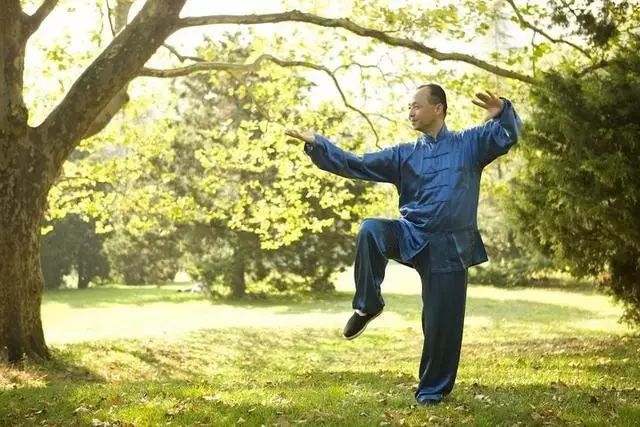
Thus, it is evident that Qigong is a method of exercise that promotes the coordination of physiological functions through self-psychological adjustment. Other entries in the “Huangdi Neijing” that discuss Qigong include terms such as “guarding the spirit internally,” “maintaining the spirit independently,” “transmitting the spirit,” “communicating with the divine,” “engaging in effortless actions, enjoying tranquility, and adhering to the emptiness of desires,” “cleansing the spirit without chaotic thoughts,” “occupying the spirit in interactions,” “focusing the mind on one spirit,” “ensuring the spirit is unified,” “controlling the spirit and gathering the soul,” “concentrating the spirit,” “harmonizing the heart and regulating Qi,” and “calming the heart and stabilizing Qi.” These numerous specific requirements for practice clearly demonstrate that “adjusting the spirit” (调神, tiáo shén) is the essential characteristic of Qigong.

Not only did the ancients theorize this, but they also closely linked the core of psychological adjustment in their creation of Qigong methods, achieving a perfect unity of theory and practice. For example, a passage from the famous Tang Dynasty physician Sun Simiao in the “Qianjin Yaofang” (《千金要方》) describes a practice: “Close your eyes and concentrate, envisioning the primordial Qi of Taihe (太和元气, Tàihé yuánqì) in the sky, like a purple cloud forming a canopy, with five colors distinct, descending into the hair follicles, gradually entering the crown, like rain after a clear sky, penetrating the skin into the flesh, reaching the bones and brain, gradually entering the abdomen, nourishing the four limbs and five organs as water seeps into the ground. If thorough, one will feel a sound in the abdomen, gurgling, with focused intention and no external aid, one will naturally reach the Yongquan (涌泉, yǒngquán) point.” Those familiar with psychology can clearly see that this practice process revolves around self-suggestion, focusing attention, self-imagination, and self-perception, which is a self-psychological adjustment process. The “Taihe Qi” and its pathway from head to toe are entirely the result of self-suggestion based on self-imagined content. Through this imagination, distractions are eliminated, worries forgotten, and one is brought into a state of mental clarity and tranquility, which is the meditative state of Qigong.

Entering tranquility is the most crucial aspect of Qigong practice and is a significant feature that distinguishes Qigong from other fitness methods. Entering tranquility involves practitioners using focused attention to eliminate distracting thoughts, allowing consciousness to transition from a normal waking state to a state that is “neither fully asleep nor fully awake.” At this point, the brain remains aware that one is practicing Qigong, while other areas are in a state of active rest and inhibition. In Qigong terminology, this is referred to as “one thought replacing myriad thoughts” (一念代万念, yī niàn dài wàn niàn).
Psychology refers to the state of consciousness between wakefulness and sleep as a hypnotic state. The meditative state of Qigong essentially belongs to a self-hypnotic state. The form differs slightly in that the hypnosis induced by Qigong employs methods characteristic of Chinese culture. Numerous laboratory studies and clinical observations have shown that during the meditative state, practitioners subjectively feel comfortable, happy, and open-hearted. This positive emotional state allows for complete relaxation of mental tension. Objectively, this beneficial mental state can directly influence the functions of the neuroendocrine system, leading to the physiological functions of all body systems developing in a coordinated and orderly manner. Long-term adherence to Qigong practice can further repair substantial pathological changes such as inflammation and ulcers to a certain extent. This process of self-psychological adjustment to coordinate physiological functions and thereby influence substantial forms is the primary mechanism through which Qigong exerts its effects.

Of course, this is also where Qigong has the ability to eliminate mental and physical fatigue, enhance immune function, promote health, and treat psychosomatic diseases.
In summary, Qigong is not merely the practice of cultivating “Qi.” If defined in TCM terms, Qigong can be described as: a method of exercise that coordinates Qi movement through spirit adjustment to achieve the balance of Yin and Yang and the prevention and treatment of diseases. In modern scientific language, Qigong can be defined as: a self-psychological exercise method that uses self-suggestion to induce a self-hypnotic (meditative) state, leading to beneficial psychological adjustments that promote the coordination of physiological functions within the body, and even repair pathological changes, thereby achieving disease prevention and treatment.
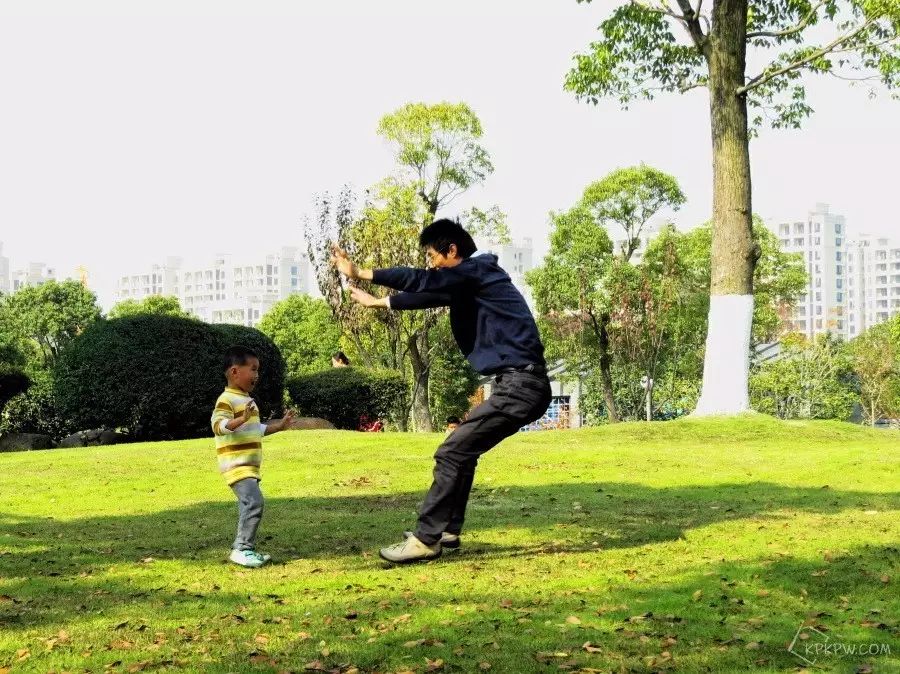
Source: Kaifeng Network
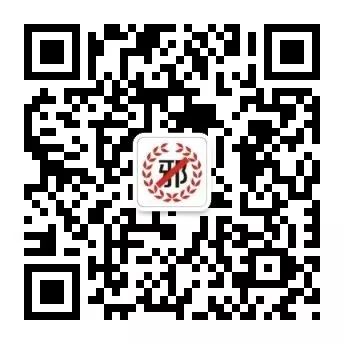
 Hello, friends! Please long press the QR code to follow us!
Hello, friends! Please long press the QR code to follow us!

